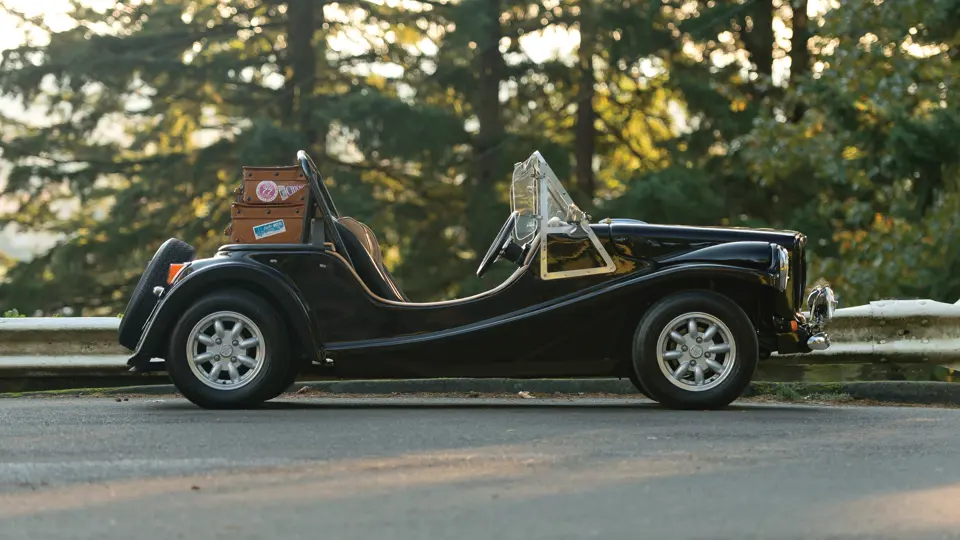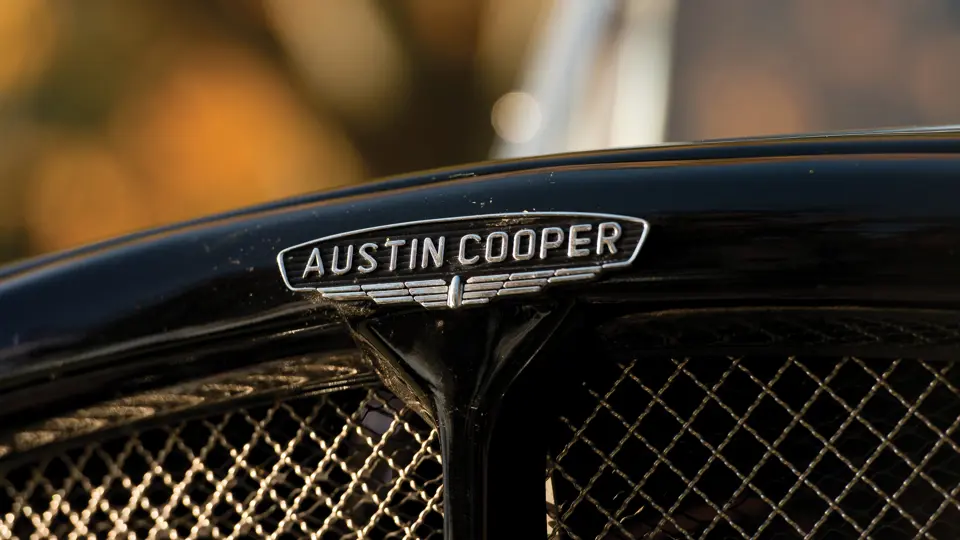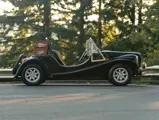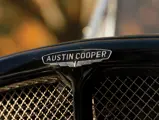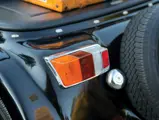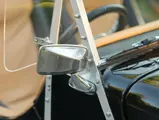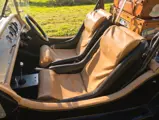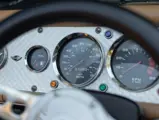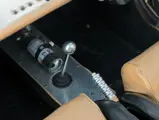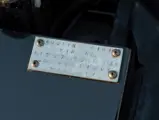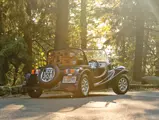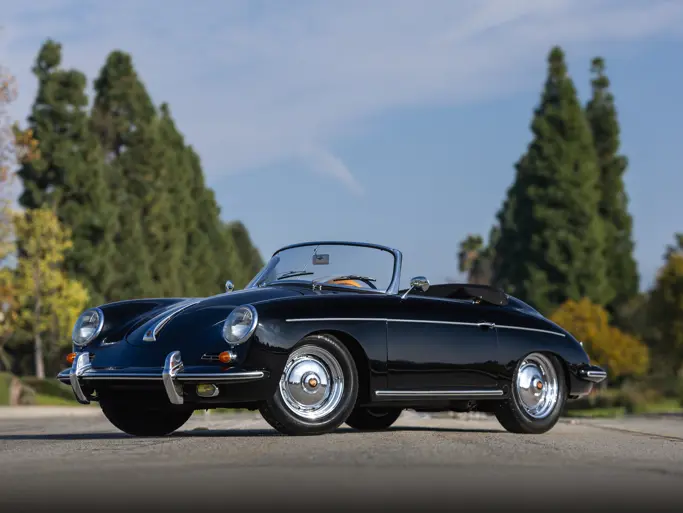75 bhp, 1,275 cc OHV inline four-cylinder engine with two SU carburetors, four-speed manual gearbox, independent rubber cone front suspension, beam rear axle with coil-over-shock suspension, and four-wheel hydraulic disc brakes. Wheelbase: 87.5 in.
With more than four million built during its three-decade lifetime, the original British Mini, like the VW Beetle and pre-war Ford, gave rise to a myriad of hot rods, specials, and custom cars. The Lightspeed Magenta is an excellent, if atypical, example of one.
Lightspeed Panels, of Lealholm, North Yorkshire, whose main business was plastic cabinets for British Telecom, brought out the Magenta in 1972. The car had a fiberglass body and used mechanical components from the Mini’s “big brother,” the MG 1100, such as its 1,098- and 1,275-cubic centimeter A-series engines and sub-frames with Hydrolastic suspension, which were ensconced in a tubular chassis. Its heritage was heralded by a grille from the MG 1100. Perhaps 500 examples were sold throughout the early 1980s.
In 1977, Lightspeed even mounted an audacious entry in the multi-continental London–Sydney Marathon, a rally that ended in Australia; this was the first kit-type car accepted for an international rally. The car was piloted by vintage rally veteran and Daily Mail reporter Philip Young and co-driver John Corner, and it was sponsored by the Retread Manufacturers Association. It set out from Covent Garden and reached Athens with a respectable score, but it failed to make it to Singapore in time because of a skirmish with the law in Iran.
This Magenta was reportedly built from one of four factory prototype kits made during the development of a model for Mini running gear. It was built for Philip Fieven, of Wantage, Oxfordshire, and wore donor parts from his mother-in-law’s 1966 Austin Mini 850 Deluxe, whose chassis number it bears today. The build commenced in 1983 and took a number of years to complete. He drove it regularly and participated in some club events before laying it up due to ill health. It was purchased by Mark Robertson in 2001, at which time it required a significant amount of restoration and recommissioning. This work included a new windscreen and interior. The original 1100 grille was damaged, so the surround was repaired, painted, and fitted with a mesh insert. Robertson participated in Mini rallies from London to Brighton in 2003 and 2004 and was awarded Second Place in the kit car category at the rally-end concours in 2003.
The car was imported into the U.S. in 2005. It is now powered by a standard-tune, 1,275-cubic centimeter Mini Cooper S engine with twin SU carburetors and a sport exhaust, and it has four-wheel disc brakes with drilled 7.9-inch rotors and braided hoses. Additional safety equipment on the car includes a roll bar, three-point retractable seat belts, modern bucket seats, and a kill switch. The wheels are authentic 12-inch, eight-spoke Minilite alloys.
Overall, the car’s cosmetics, such as the paint, chrome, and interior, are very good. The interior features a brushed aluminum instrument panel with white-on-black gauges and a clock. The lively and reliable engine has been freshly rebuilt, and the clutch is new. The car does not squeak or rattle, which is a testament to the quality of the restoration.
Of all the variations on the Mini, this may well be the most exciting, so climb aboard, turn the key, and have fun at Lightspeed!
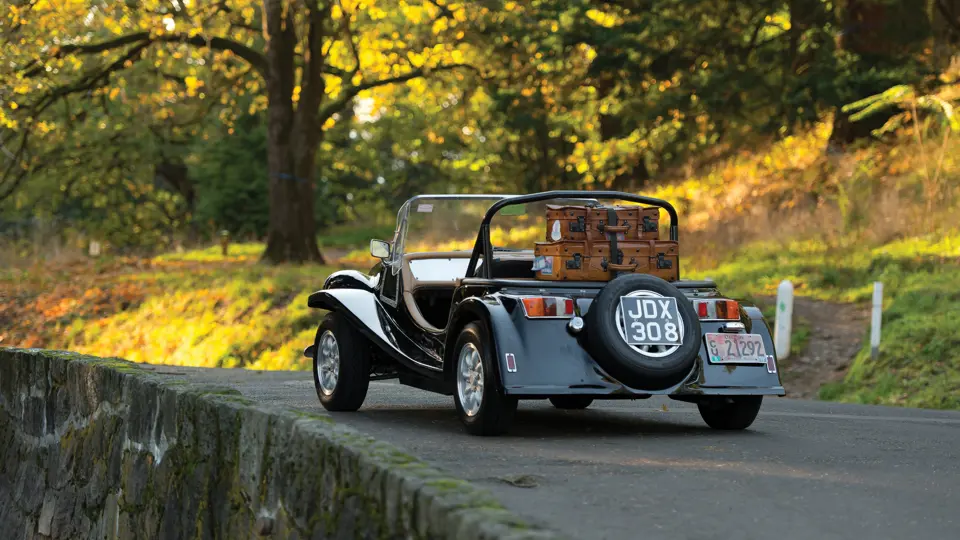




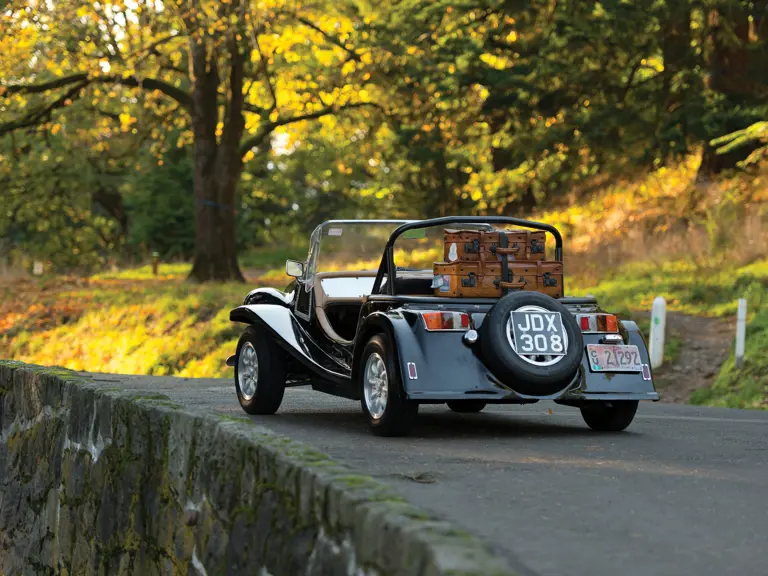

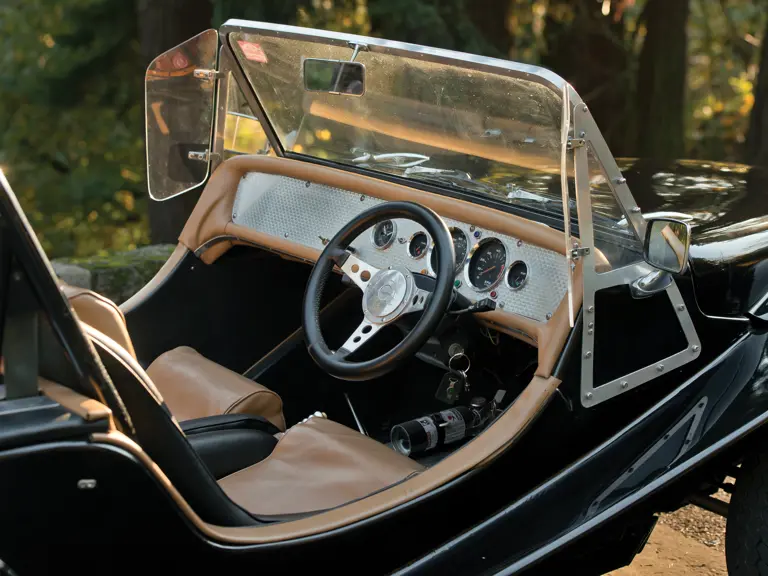
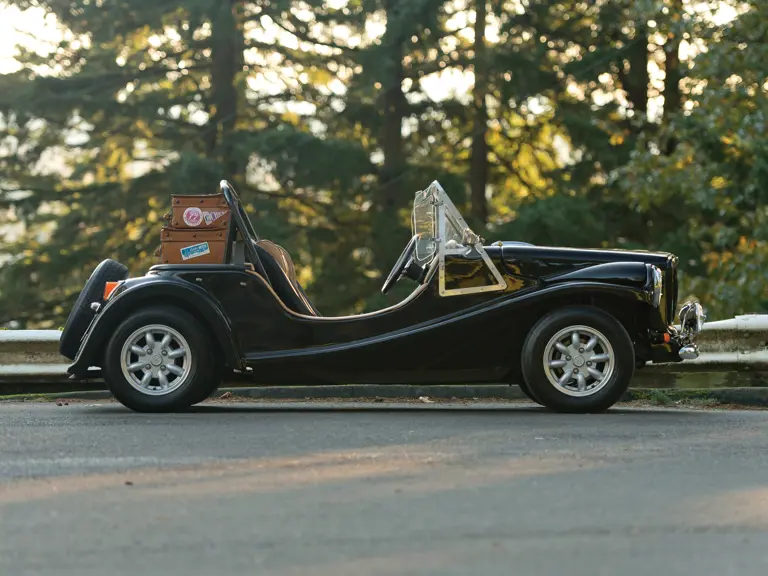
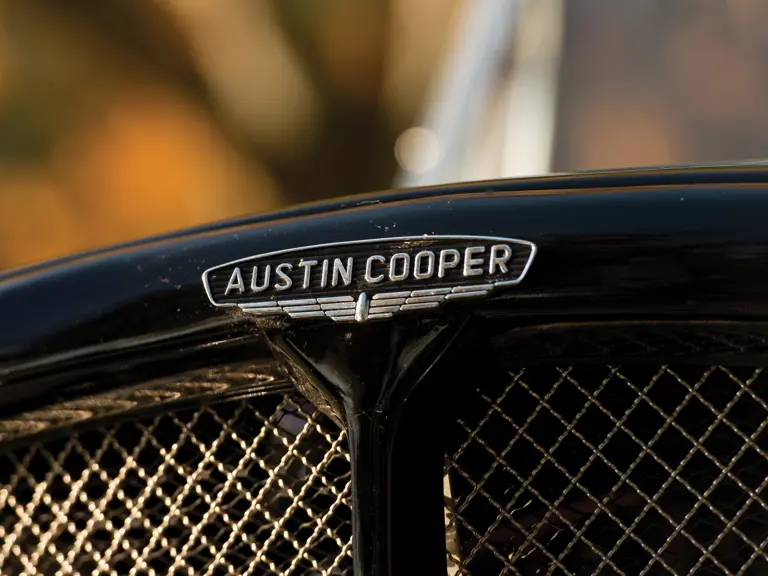
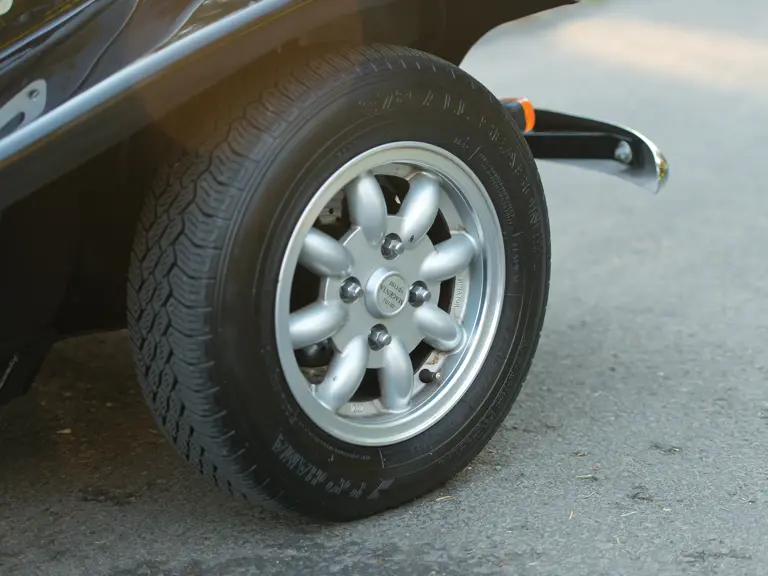

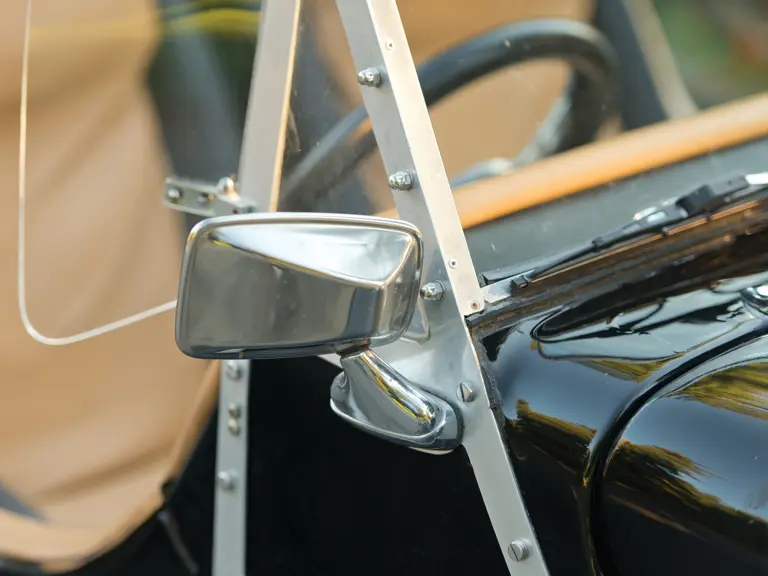
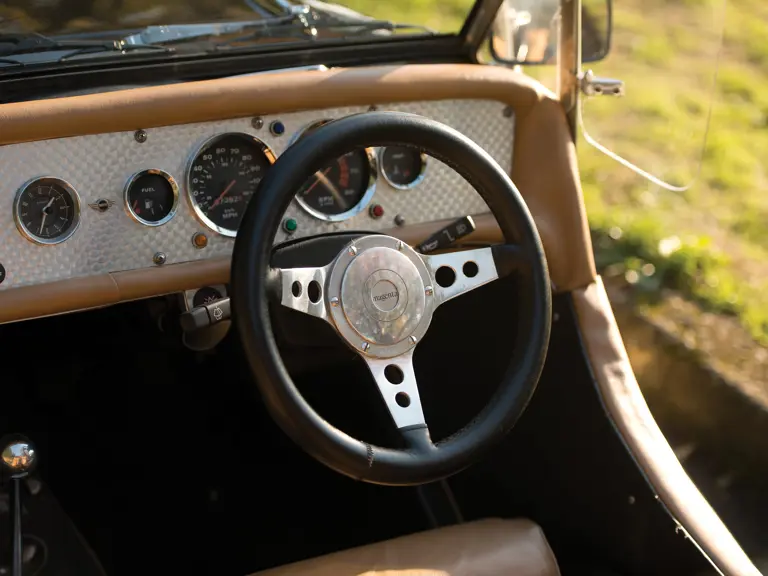
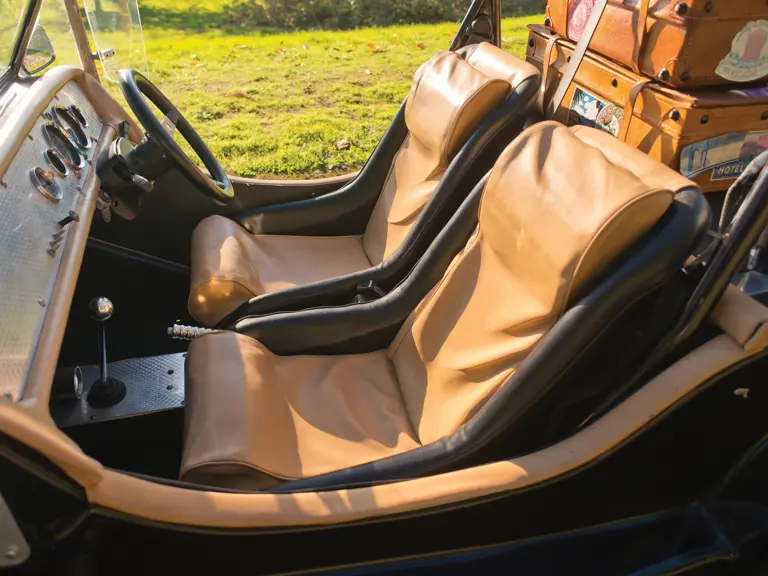
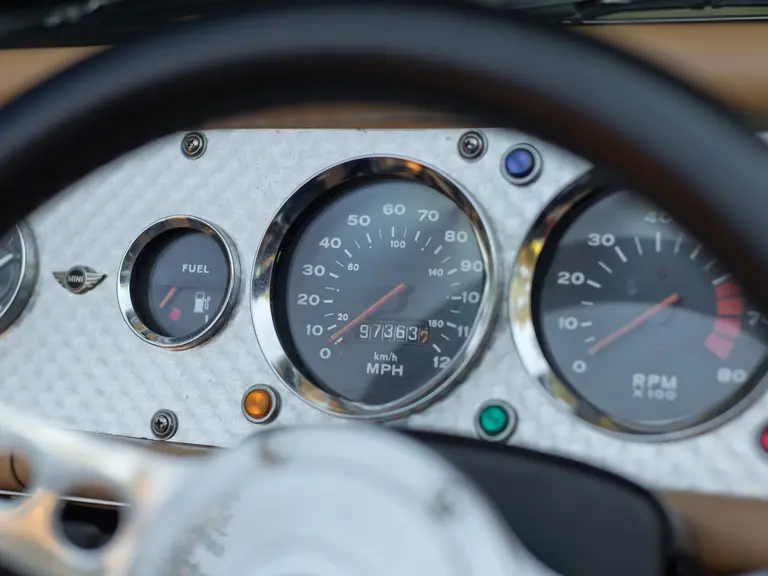
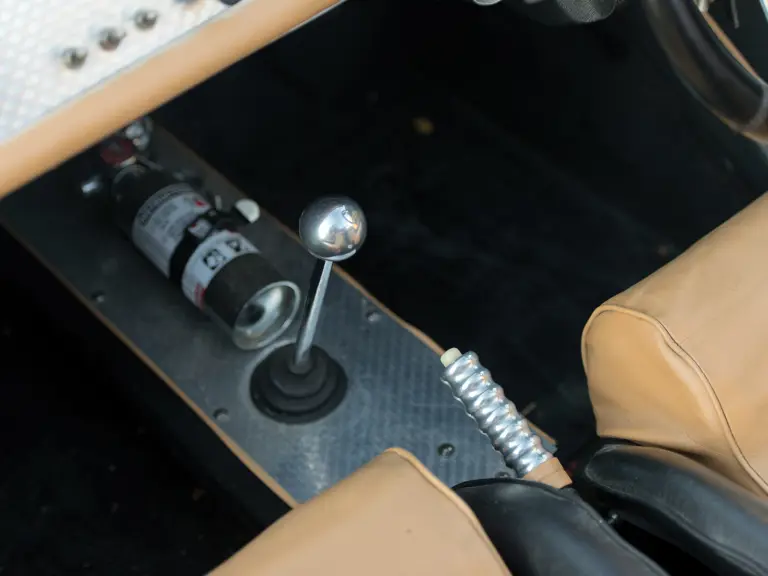


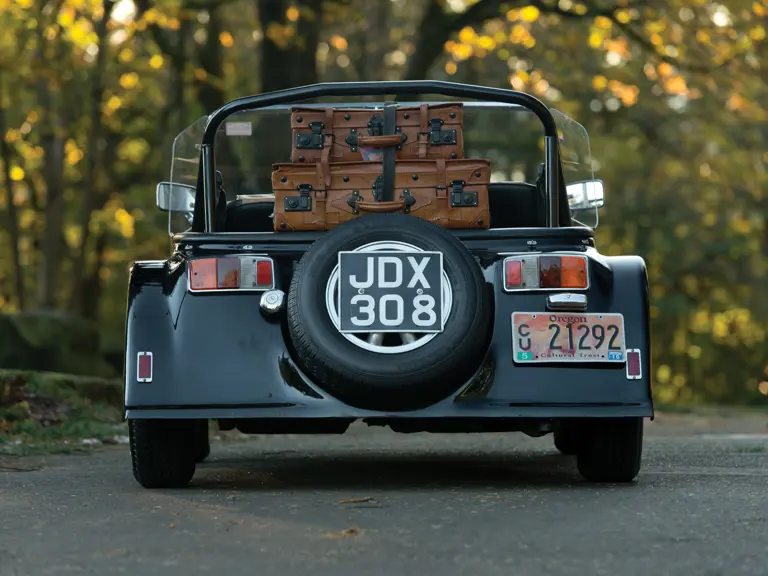
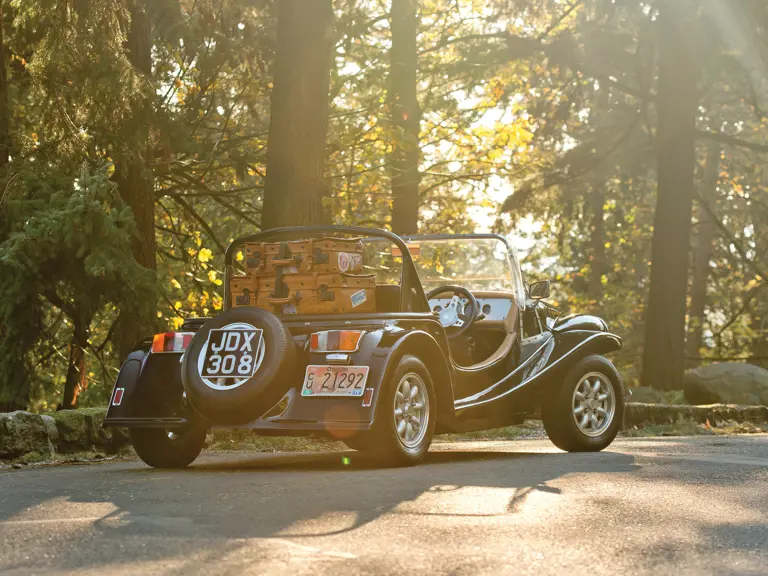
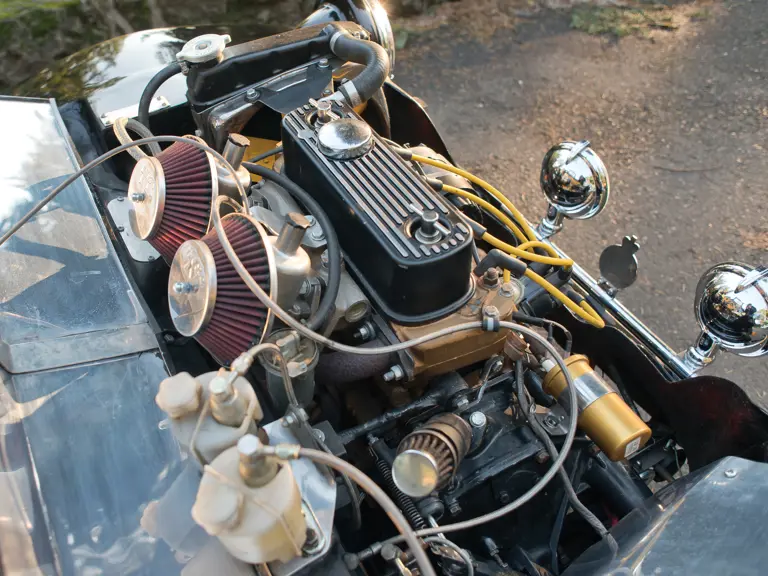
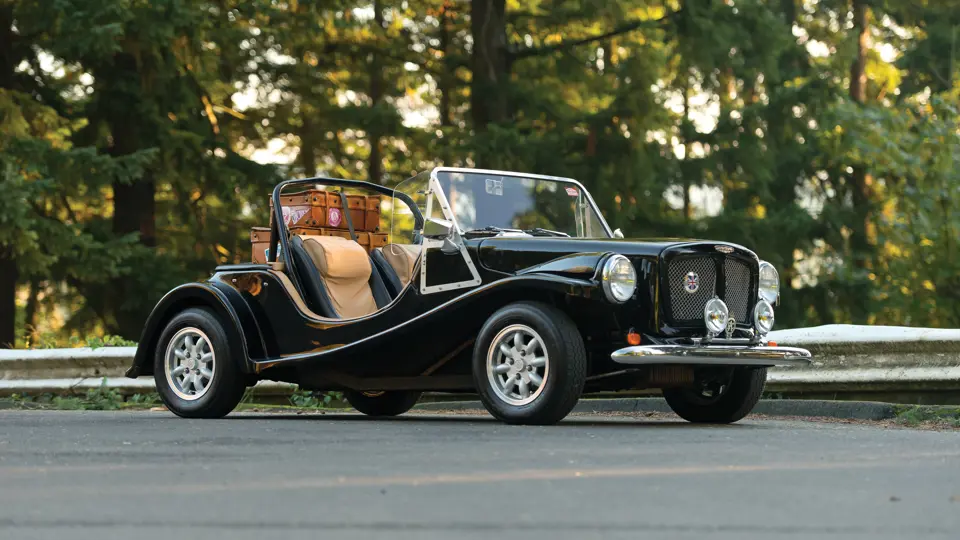
 | Phoenix, Arizona
| Phoenix, Arizona
